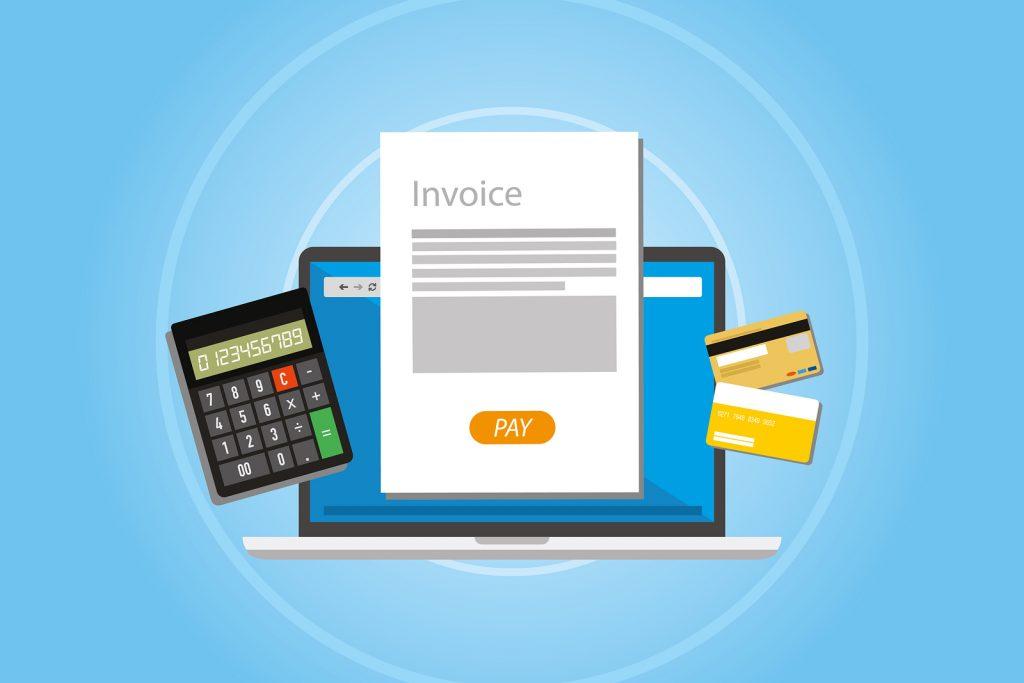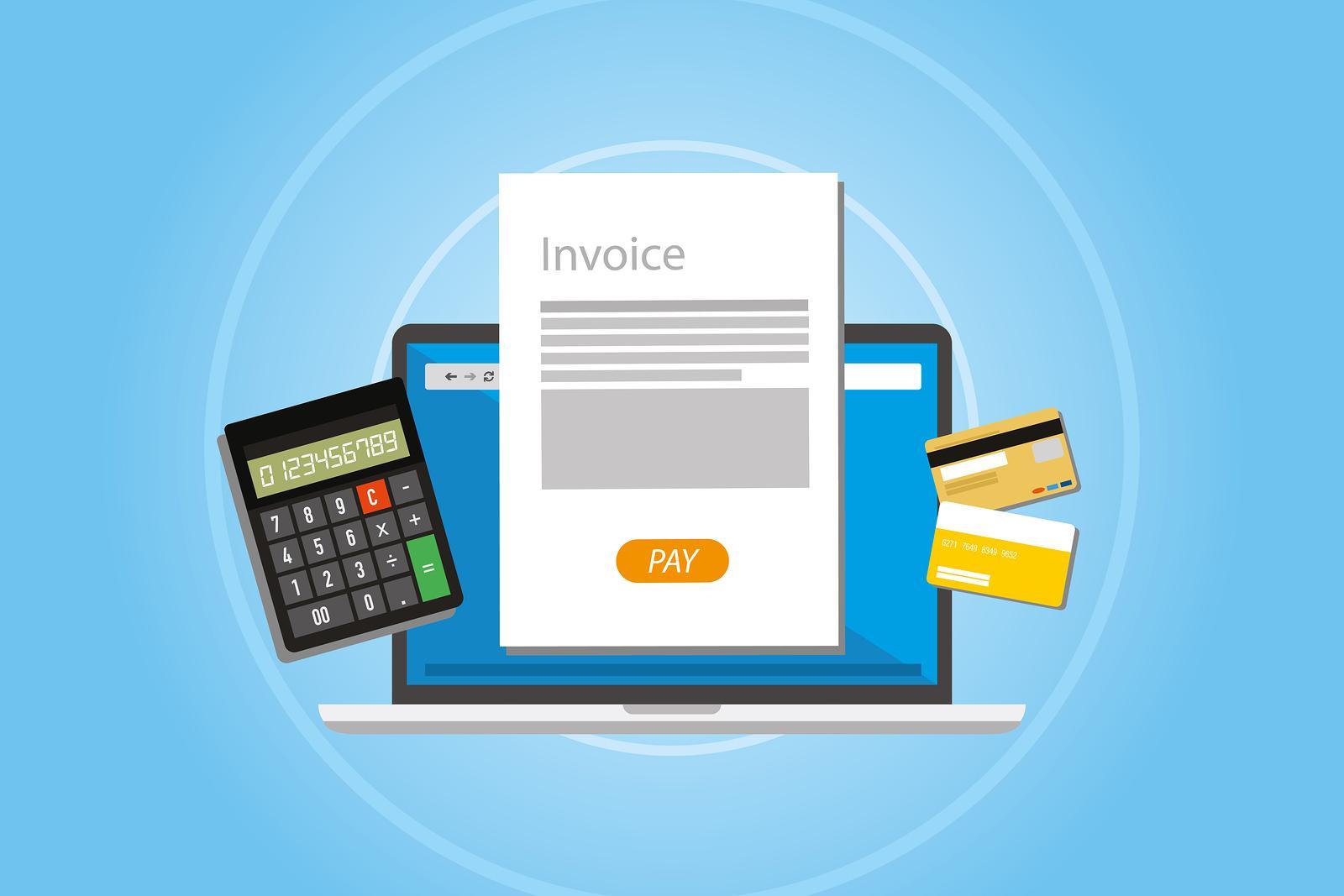A new report by Siemens Financial Services shows that SMEs missing out on over £250 billion of liquid cash flow because of slow and late payments.
SMEs bear brunt of late payments
The report, Mind the Payment Gap, found that it’s smaller businesses who suffer most with late payments and long payment terms. Businesses (with turnover of under £1m) wait an average of 72 days for payment, while businesses with an annual turnover of £1m-£10m wait on average 53-54 days. The largest businesses are only waiting 48 days for payment.
Even though SMEs account for 47% of all private sector turnover, the report found that they are missing out on £250 billion of liquid cash flow. This deficit is made up of unpaid invoices (which account, on average, for 14% of an SMEs’ annual turnover) and the costs associated with the 130 hours a year that a typical SME spends pursuing payment (over £11,000).
‘Slow payments can threaten SMEs’ ability to trade, stifle appetite for growth and recruitment and, in the worst cases, lead to insolvencies. As a consequence, leaving SMEs to cope with the problem is harming the economy,’ says the report.
It seems that despite the introduction of the Prompt Payment Code – and the Government’s naming and shaming of those FTSE 350 companies not signing up to it – late payment remains a major issue for smaller companies.
The report also found that 90-day payment terms are becoming more common, especially in larger companies, and that this starts a chain reaction – smaller and smaller companies are forced to adopt the same terms, to manage their cash flow.
‘Since SMEs tend to be nearer the end of the supply chain, they tend to most feel the cumulative effect,’ the report warns.
The Future Solution: Invoice Finance
As a provider of invoice finance, perhaps it’s no surprise that Siemens suggest it as the solution to SMEs’ cash flow problems and refer to its rising popularity. Invoice finance companies are providing more funding than ever before to SMEs with funds used across the UK recently exceeding £20 billion for the first time. The report suggests companies are increasingly turning to invoice finance rather than wait for ‘a governmental resolution’ to the late payment problem.
The report points out that invoice finance allows companies to access up to 90% of the funds locked away in an approved invoice, as this is advanced by their finance provider. This gives them working capital to sue for business costs and growth. The remaining 10% is paid once their customer settles the balance. However, it’s still down to SMEs to ensure their invoices are paid.
‘With access to working capital SMEs can look to invest in areas that have been viewed as optional extras or aspirations. For example, promotion, advertising and entertainment only account for approximately 1% of an SME’s spend; employee benefits 2.4%, and business equipment 3%. Clearly, small businesses are focusing their efforts on paying for rent (4.6%) and employee wages (19.4%).39 Nevertheless, with more cash at their disposal, taking on extra staff, more adventurous marketing, expansion into new product or service lines, or new territories could all be within businesses’ grasps,’ say Siemens.
‘Whatever they use it for, these businesses are realising that their unpaid invoices can be an opportunity rather than a burden. With more and more businesses joining the trend, and given the scale of influence that UK SMEs already exert, the impact on UK economic growth can only be good.’
Have you used invoice finance? Has it been a help or a hindrance?





Leave a Reply